Contact Sussex Damp Experts Now to Speak With an Expert.

There are several reasons why your home might be susceptible to penetrating moisture. Leaking or pierced pipes, broken roofs, and clogged gutters are all common sources of damp problems. Because the previous flaws enable water to infiltrate through your property’s walls, they cause dampness to occur.
Penetrating damp (also known as lateral damp or water ingress) is caused by rainfall entering your property through the exterior fabric, such as the roof and/or walls. As a result, it’s weather-related, and it usually affects South and West-facing elevations the most.
Water penetration through an external wall and inside the home causes dampness to surge. This can happen because of building defects or a lack of maintenance, resulting in exterior brick or stone walls decaying to the point that they have become porous, allowing water to seep through the external wall into the home.
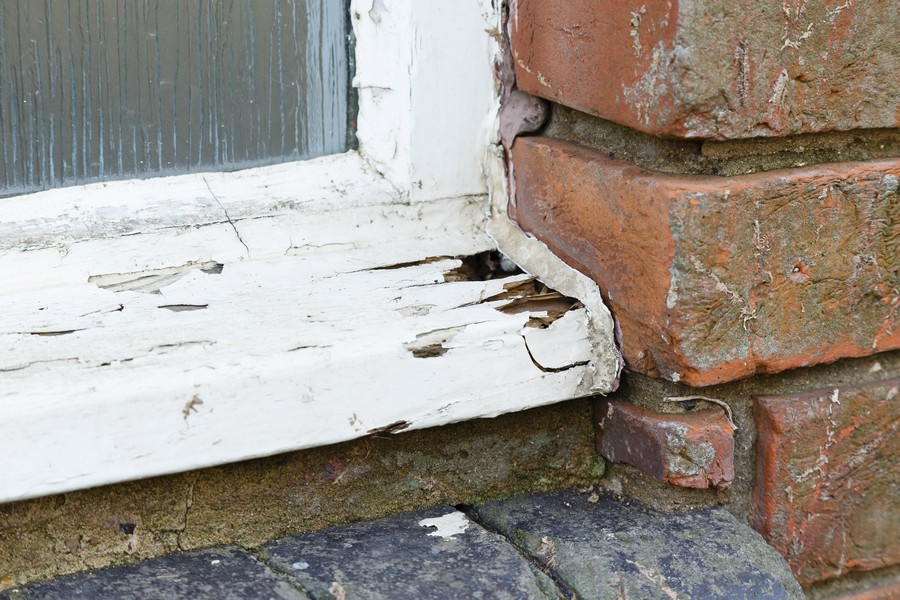
Rainfall can permeate structures through leaking roofs, blocked gutters, overflows, and other water entry points, resulting in penetrating damp. When water penetrates the building’s framework, it can cause substantial structural damage to the walls and beams. Large stains left on the ceiling, floors, walls, and interior painting make this sort of moisture easier to notice, especially after severe rains.
As time passes, the amount of moisture damage and paint lifting on your interior walls becomes more apparent. These problems are exacerbated during the winter months when water trapped in the walls freezes and expands, causing the raised paintwork to flake.
We provide a complete and non-invasive leak detection solution, including thermal imaging, gas tracking, and an acoustic microphone.
The indicators that a property has been invaded by moisture are usually easy to spot. Discoloured wallpapers or wall surfaces are examples of these symptoms. Plaster disintegration and blistering are further signs of deep moisture. Localised wet spots that emerge at random on ceilings and other concrete surfaces may also be noticed. You may notice a musky odour and even mould development where the wet has remained for long periods.
Any of the warning indicators listed above should prompt you to check your property for flaws. If we lived in an ideal world, it would only be prudent to inspect our property regularly! But, as we all know, since our world is far from perfect, this is quite unlikely. Our everyday routines make us too busy to add another weekly roof and gutter check to our must-do list. Even after all of that, we are detecting penetrating dampness in its early stages might save you a lot of money in the long run by lowering the cost of damage repair.
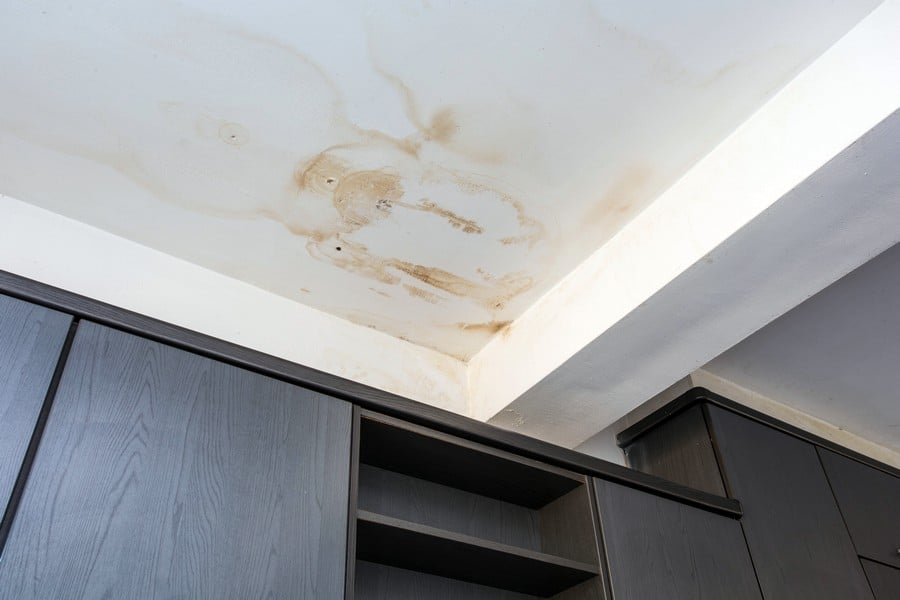
The first step in treating damp is to identify its type. This kind of damp may happen in both solid and cavity-built structures. As a result, determining the water source in the exterior wall will give us a road map for resolving the issue.
It is best to catch the problem early. To help avoid the difficulties, you may take a few steps and do some basic DIY, such as:
However, it’s not always possible to avoid rain penetration or to have your building damp proof, whether it’s because the property it’s not new or because you don’t have the time, the will or the equipment to deal with the maintenance. In this case, we always recommend seeking expert advice, especially if the damp is already showing up inside. The best way to assess the situation is to contact Sussex Damp Experts and ask our damp surveyors to visit the building.
An exterior inspection is an initial stage in surveying a structure. A surveyor will look for evidence of external water infiltration, such as masonry fractures, leaky pipes, or damaged flashings and tiles. The condition of brickwork, stone and mortar, chimneys, flashings, rainwater goods, and valleys, as well as exterior timbers and the state and installation of windows, doors, and air vents, will be examined by the surveyor. The location of current remedial DPCs, as well as the ground levels, will also be investigated.
Following the external inspection, the inside of the structure will be examined for apparent indicators of moisture. Dampness is indicated by fungus rot in timbers such as skirtings, peeling or blistering wallpaper and paint, efflorescence, mould development and staining on walls, damp patches, water droplets, and water flowing down walls, as well as damp patches, water droplets, and water running down walls.
Following the initial interior examination, a more in-depth check of the kind of moisture will be conducted. For this stage, our damp surveyors will need a range of adequately calibrated specialised tools to help clarify the nature and depth of the damp issue.
Our experienced team will visit the property, determine the source of the damp, and give you a comprehensive survey report and action plan.
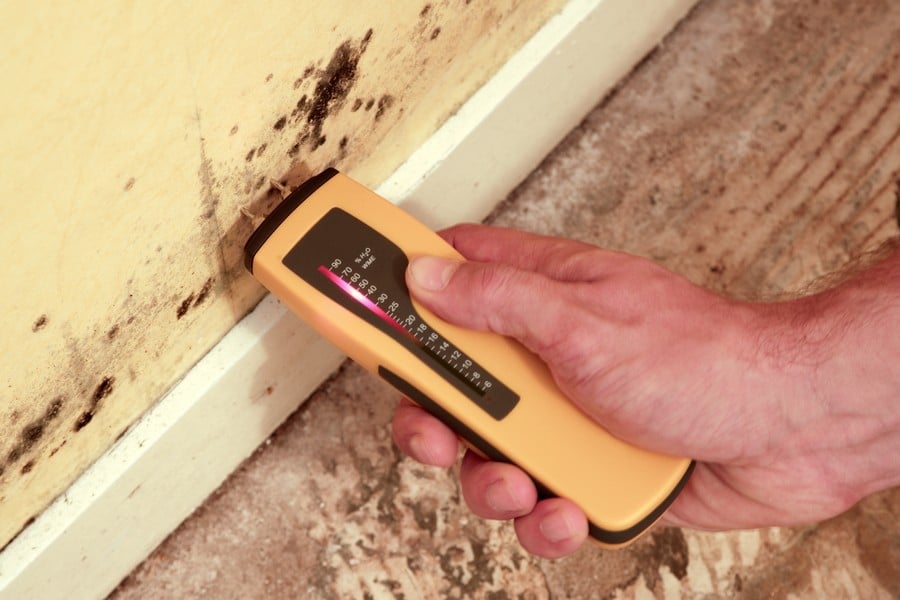
If left untreated for an extended period, lateral damp can cause structural and aesthetic damage to a structure, as well as health issues for its occupants.
Dry Rot and Wet Rot are two common diseases caused by penetrating moisture. It’s critical to solve this problem fast by identifying the source of the problem as soon as feasible and treating it appropriately, stopping the water invasion and damp proofing the walls.
Like hundreds of other clients, we’re confident that you’ll be entirely happy with our damp and mould surveys. Our damp surveyors utilise their training and expertise to assist every customer with their problems. We provide a high-quality service that includes commercial and residential properties, and we’ll walk you through each stage of the damp inspection, so you’re constantly up to date. Whether you’re a tenant, a landlord, a business owner, or a homeowner, we’ll create a report tailored for your necessities.
Our damp investigation is founded on fundamentals. Rather than dealing with the symptoms of wet, we deal with the causes of moisture. We want to figure out where the damp is coming from, how it’s impacting your house, and what must be done to prevent it from happening again.
Contact Sussex Damp Experts Now to Speak With an Expert.
Don’t know if the mould you’re seeing is due to condensation, a leak, lateral damp, or rising damp? Do you need to know how far the water damage has gone and what steps you should take to address it? We can assist you by doing a damp survey and writing a report.
We can analyse the degree of the problem and propose an appropriate treatment strategy based on our experience and moisture monitoring instruments, helping you having damp-proof walls on the property.
Points that influence the time length of a dampness survey are related to the size of the property, type of construction, type of damp problem and severity of the damage. For example, a wet survey will take about three to four hours to complete on average. Contact us for more details.


Because various factors can cause moisture and dampness in buildings, it’s critical to have a qualified professional assess the situation and recommend a suitable, effective remedy. The alternative is to try a one-size-fits-all solution that may have little or no effect on the problem and may even exacerbate it.
It’s critical to have guarantees that any property meets certain quality and is unlikely to incur severe harm in the future. A dampness survey will provide you with these guarantees while also assisting you in preventing mould, extending the life of your home’s walls and ceilings, and lowering needless future expenses to remedy the problem if it worsens. One of our trained damp surveyors will conduct a thorough inspection and provide you with a full report.
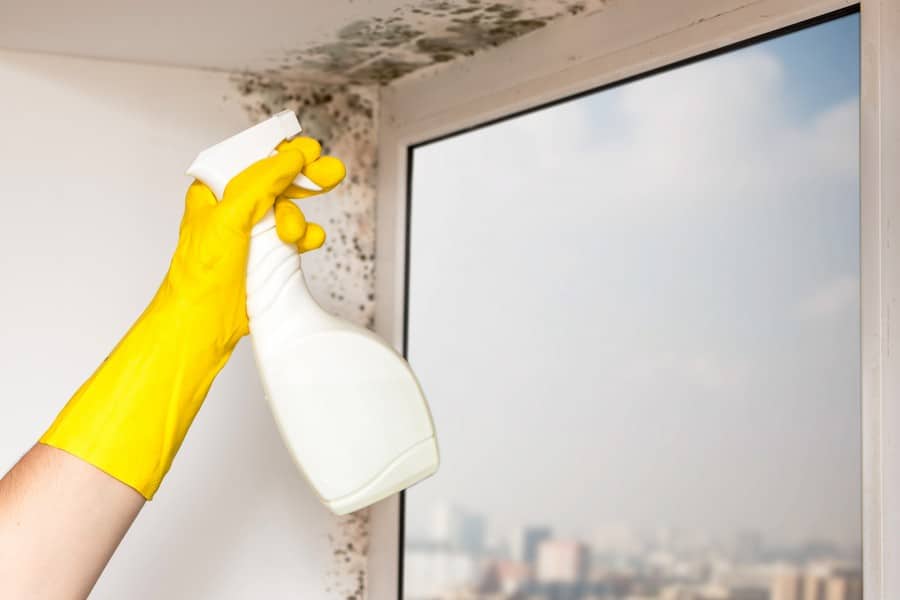
Call Our Sussex Damp Experts team now for quote, consultation and advice:
Call on 01273 257 765.
Our investigations use moisture mapping to determine the scope of your damp problem. Following that, we analyse and report on the most likely causes and solutions. The price depends on various factors, and each case needs to be examined before a fair quote is given.
Our damp investigations begin at £01273 257 765 + VAT and include an email report with the Survey Data, Conclusions, and Recommendations.
Sussex Damp Experts is a prominent damp proofing and property preservation firm in the United Kingdom.
Advantages of our excellent service:
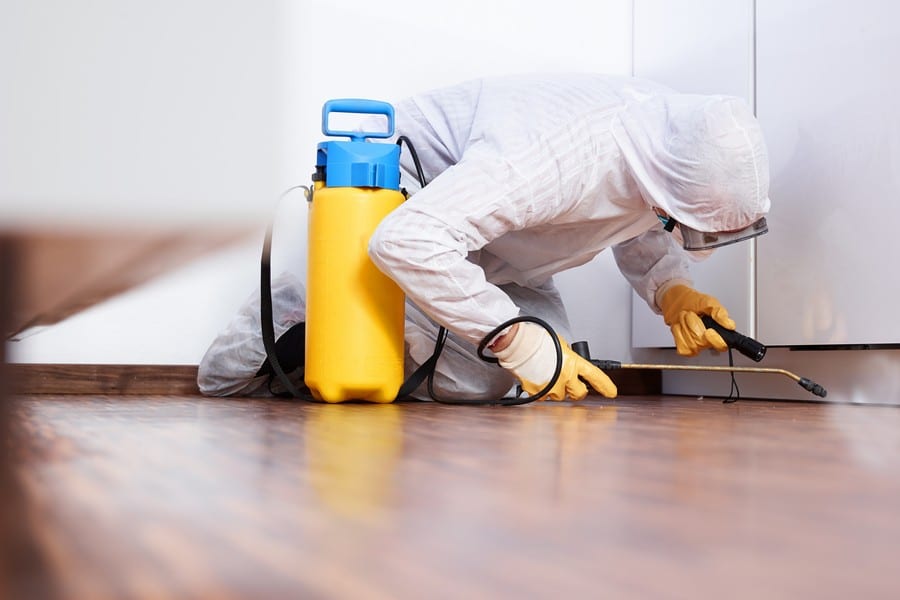
Some of the issues we’ve helped to solve in tens of thousands of homes:
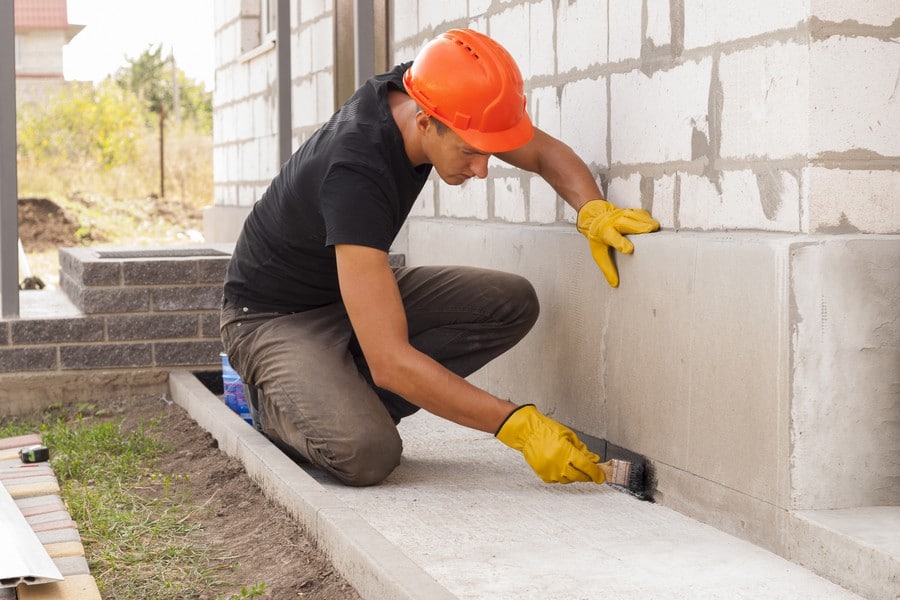
Please contact our excellent customer service if you would like to speak with one of our damp surveyors about any of your worries or difficulties with a building. We’d be happy to talk to you honestly and frankly about the problems to provide your request with the information and knowledge you need to go ahead.


Max and his team have been at our property all week and I really can’t thank them enough for the fantastic job they’ve done on plastering both our walls and ceilings. They have literally transformed the appearance of our house! Not only has Ma…

From start to finish Max has been incredable. His knowledge lin damp proofing is second to none and his team where very clean and polite. The plastered finish was like glass so happy we choose Max Plastering for job.

Lovely bunch of lads left a very neat and clean job. Problem was solved.

Perfect Finnish and all left clean and tidy and no mess. Used Max previously and would not hesitate to ask him carry out more work.

Max, Harvey and Stuart arrived promptly as arranged. Done a great job on our outside rear wall. Work completed to a high standard, removal of all old material and cleaned up after themselves. I am so pleased with the standard of their work they ar…

They turned up on time and carried out the works in a very professional manor leaving the front of the house clean and tidy. Very impressed would definitely recommend.

I have to say that on every level Max (with Stuart and Harvey) did an extremely professional job! They explained what they were going to do, they were polite and courteous and respected that they were coming into our home. The plastering is of the…

I called max and he managed to come around the same day to do a survey. The next day I received an extremely detailed survey compared to any other damp proofer which made me feel very at ease that he was going to do the right job. Max and team tur…

Contact Sussex Damp Experts Now to Speak With an Expert.